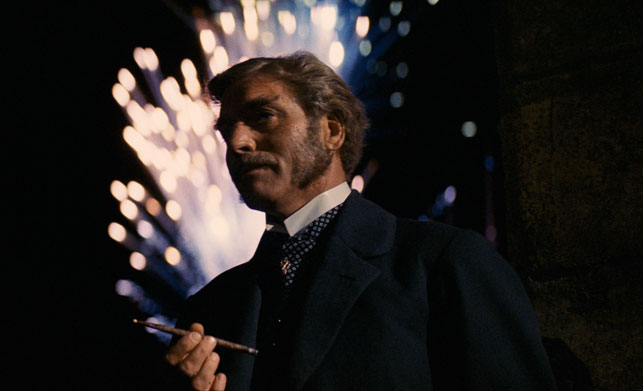
Dailies is a round-up of essential film writing, news bits, and other highlights from across the Internet. If you’d like to submit a piece for consideration, get in touch with us in the comments below or on Twitter at @TheFilmStage.
Little White Lies‘ Sophie Monks Kaufman talks to Damien Sanville about a 10 point guide to saving 35mm:
“You can’t run on one projector because most prints now are unique and therefore the distributors and archives don’t want any kind of manipulation of the film. Before – when many cinemas were equipped with just one 35mm projector – the film would arrive in the box in six or eight reels, depending on the length, and the job of the projectionist was to check it, but also splice it together into one big reel or put it on what is called a platter system and then run it through the projector.
F. W. Murnau’s head has been stolen from his grave site in Berlin, Bild reports.
Watch a Woody Harrelson-led music video for U2‘s Song for Someone, directed by Vincent Haycock:
The Village Voice‘s Silas Valentino and our own Danny King look at the ten worst journalists in film:
Long gone are the days when depictions of reporters in movies were reduced to a fedora with a white “Press” card tucked into the bow. We have Robert Redford and Dustin Hoffman in All The President’s Men and Peter Finch’s epic cry of “I’m mad as hell and I’m not going to take this anymore!” to validate the vocation as represented on film. But not every journalist on the big screen presents the profession in an admirable light. In Trainwreck, out this Friday, Amy Schumer plays a magazine reporter who ends up wining/dining/sleeping with her profile subject — an indisputable no-no for anyone who has ever seen their name appear as a byline. But Schumer’s character isn’t alone: Dozens of journalist portrayals in film are hokey, unflattering, or laughably wrong (expense accounts? Ha!). It’d take a far longer, more robust list to document every single example of shabby journalism in the movies, but these ten are the worst:
Watch Burt Lancaster reflect on working with Luchino Visconti in The Leopard:
Oscilloscope Labs has debuted their new resource for film writing Musings with a piece by Scott Tobias on The Honeymoon Killers:
The story of Martha Beck and Raymond Fernandez, a.k.a. “The Lonely Hearts Killers,” was made for the movies. Not merely because of the tabloid punch of a criminal partnership that led to three murders and likely many more, but because the details of the case are so bizarre and endlessly fascinating. Before meeting Beck, Fernandez was a con man, trolling the personal ads for lonely, desperate older women of means and seducing them out of their cash and jewelry. Beck was one of his marks, a rotund nurse supervisor from Mobile, Alabama who fell hard for his charms, got bilked out her money just like the rest of them, and yet—here’s where the mystery begins—would not let that dissuade her from loving him. When the pair continued Fernandez’s scheme, Beck would pose as his “sister,” but her jealousy, possessiveness, and nasty temper manifested itself into violence, turning their cons in murders.


